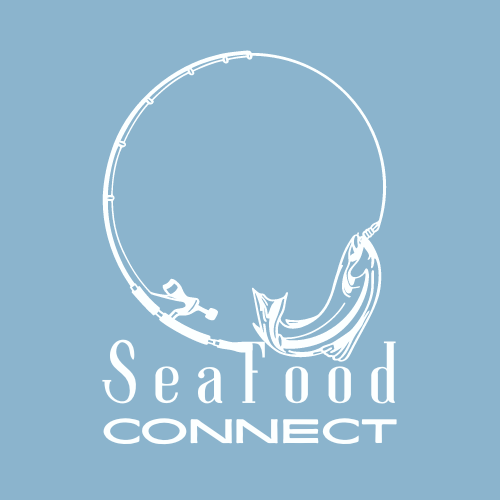Services
Seafood product inspection involves assessing the quality, freshness, safety, and compliance of seafood products to ensure they meet regulatory requirements and consumer expectations.
product inspection for seafood
- Visual Inspection: Inspectors visually examine the seafood products to assess their overall appearance, including color, texture, and any visible signs of spoilage or damage.
- Temperature Control: Seafood products are highly perishable and susceptible to spoilage. Inspectors monitor the temperature controls throughout the supply chain, from harvesting or processing to transportation and storage, to ensure that proper refrigeration or freezing conditions are maintained.
- Quality Grading: Seafood products may undergo quality grading based on factors such as species, size, freshness, and appearance. Grading systems help classify the products into different quality categories and provide standardized information to buyers and consumers.
- Microbiological Testing: Seafood products can harbor bacteria, viruses, parasites, and toxins that pose health risks. Inspectors may conduct microbiological testing to detect pathogens like Salmonella, Vibrio, or Listeria, as well as perform tests for harmful substances such as mercury or histamines.
- Chemical Residue Analysis: Seafood inspection may involve testing for chemical residues, such as antibiotics, pesticides, heavy metals, or environmental contaminants. These tests help ensure compliance with food safety regulations and protect consumer health.
- Allergen Labeling: Inspectors verify that seafood products are properly labeled for allergenic ingredients, such as shellfish, to enable consumers with allergies to make informed choices and avoid potential health risks.
- Regulatory Compliance: Seafood products must comply with various regulatory requirements, such as food safety regulations, labeling standards, and import/export regulations. Inspectors check for compliance with these regulations to ensure that products meet the necessary legal and safety standards.
- Traceability and Documentation: Inspectors may review records and documentation related to the seafood products, including harvest or catch information, processing methods, storage conditions, and transportation records. This helps ensure traceability and enables quick identification of the product’s origin, processing history, and distribution.
- Packaging and Labeling: Inspectors assess the integrity of packaging materials and labels to ensure they are suitable for seafood products and provide accurate information regarding product identification, expiration dates, country of origin, and any required health or safety warnings.
By conducting thorough inspections and tests, seafood product inspections help maintain the quality, safety, and integrity of seafood products throughout the supply chain, safeguarding consumer health and ensuring compliance with industry standards and regulations.
